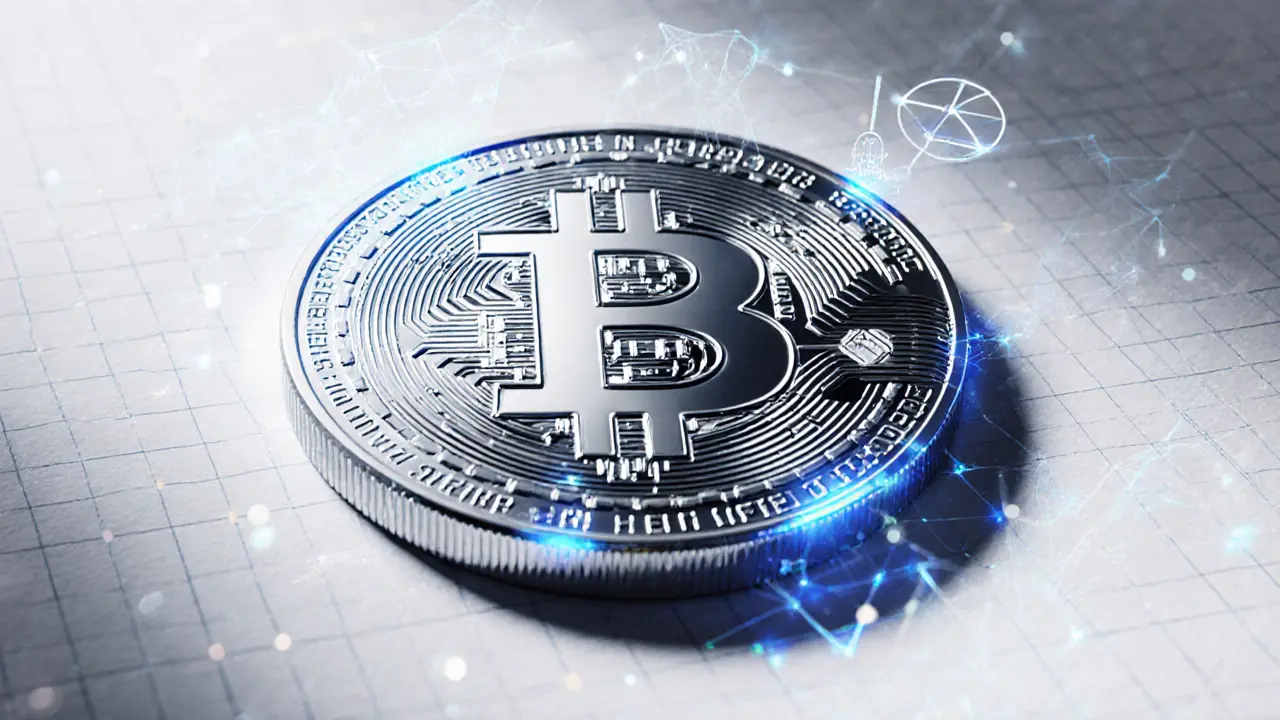Stablecoins: What They Are and Why They Matter
When you hear stablecoins, digital assets built to keep their price steady against a reference like the US dollar or gold. Also known as price‑stable tokens, they act as a bridge between traditional money and the crypto world. In practice, stablecoins let you move value quickly without the wild swings you see in Bitcoin or Ethereum. That simplicity is why they pop up in everything from everyday purchases to high‑speed DeFi trades.
Key Types of Stablecoins
Two big families dominate the market. Fiat‑backed stablecoins, tokens fully collateralized by real‑world currency held in reserve (think US dollars locked in a bank), keep the peg by a one‑to‑one backing. Reserve‑backed tokens are easy to understand: for every token you own, a matching dollar sits somewhere safe.
The other camp, algorithmic stablecoins, systems that use smart contracts and market incentives instead of a physical reserve to maintain their price, rely on code‑driven supply adjustments. When the price drifts up, the protocol mints new tokens; when it falls, it burns them. This approach promises lower overhead but adds complexity and risk.
Both types serve the same core purpose—price stability—but they reach it in different ways. Understanding the trade‑offs helps you pick the right tool for your strategy, whether you’re protecting savings, swapping assets, or providing liquidity.
DeFi, decentralized finance platforms that run on blockchain smart contracts leans heavily on stablecoins. Liquidity pools need a predictable asset to attract lenders, and borrowers prefer a token that won’t evaporate overnight. That’s why you’ll see stablecoins powering everything from yield farms to flash loans. In turn, the demand from DeFi projects pushes stablecoin issuers to improve transparency and reduce fees, creating a feedback loop that benefits both sides.
Beyond DeFi, stablecoins are reshaping everyday crypto payments. Imagine paying for a coffee with a token that’s always worth $1 — you avoid conversion headaches and can settle instantly across borders. Merchants start accepting crypto payments, transactions using cryptocurrencies instead of fiat because stablecoins remove the volatility risk. This use case is gaining traction in regions with unstable local currencies, where a dollar‑pegged token becomes a reliable store of value.
Regulators are watching closely, too. Since stablecoins sit at the intersection of finance and tech, they raise questions about reserve audits, consumer protection, and anti‑money‑laundering checks. Some jurisdictions already require regular proof of reserves, while others are drafting new licensing rules. Keeping an eye on policy developments can spare you surprises, especially if you plan to hold large amounts or use stablecoins in regulated services.
That’s the big picture: stablecoins give you a steady‑value digital asset, fiat‑backed versions do it with real‑world money, algorithmic ones use code, DeFi depends on them for liquidity, and crypto payments benefit from their predictability. Below you’ll find a curated set of articles that dive deeper into each of these angles—guides on how stablecoins work, comparisons of major issuers, tips for using them in trading strategies, and updates on the latest regulatory news. Explore the collection to sharpen your understanding and see how stablecoins fit into your crypto journey.

Cryptocurrencies vs CBDCs: What the Future of Digital Payments Looks Like
Explore how cryptocurrencies, CBDCs, and stablecoins will shape digital payments, their key differences, upcoming pilots, and practical steps for users and businesses.
